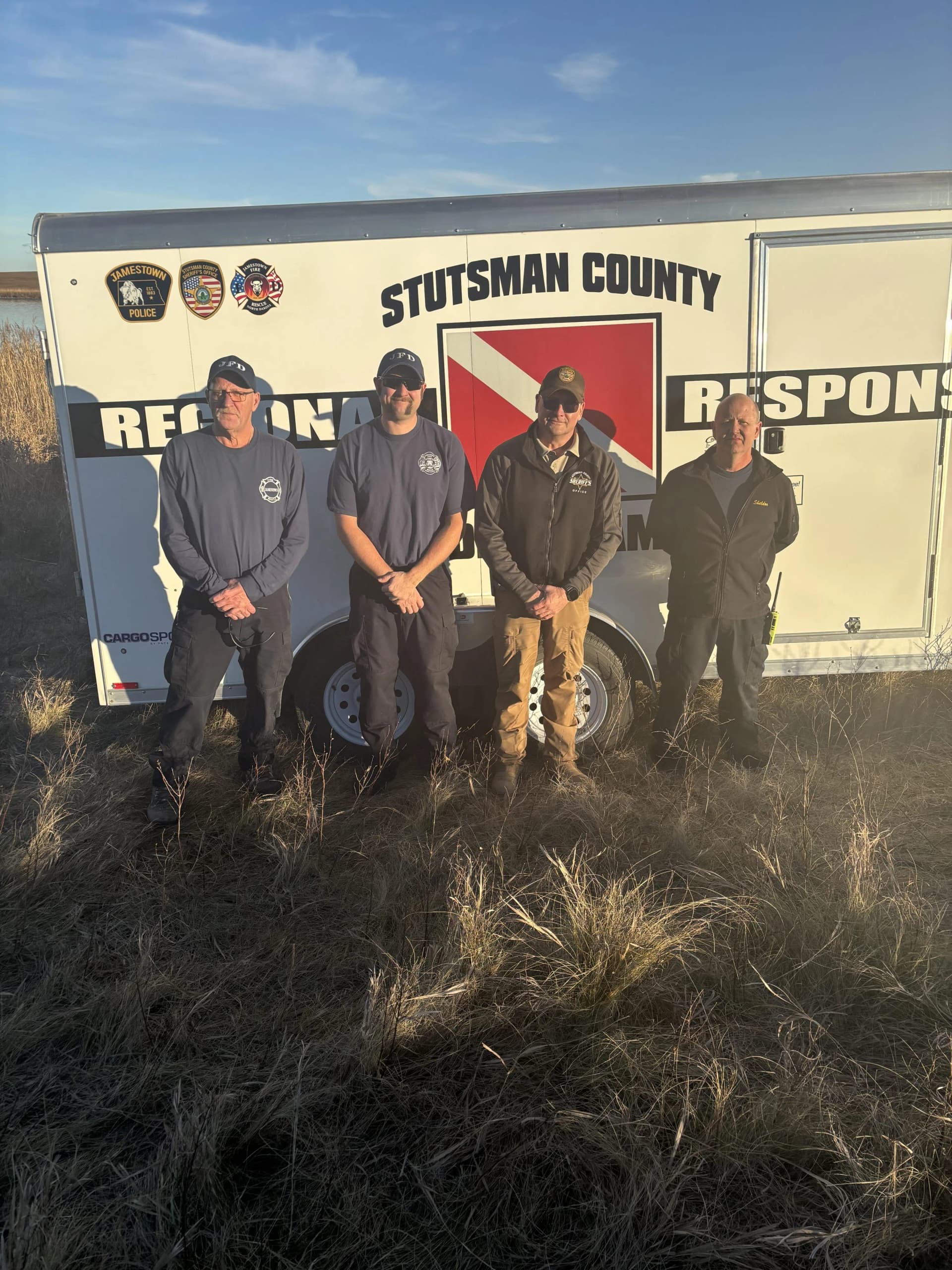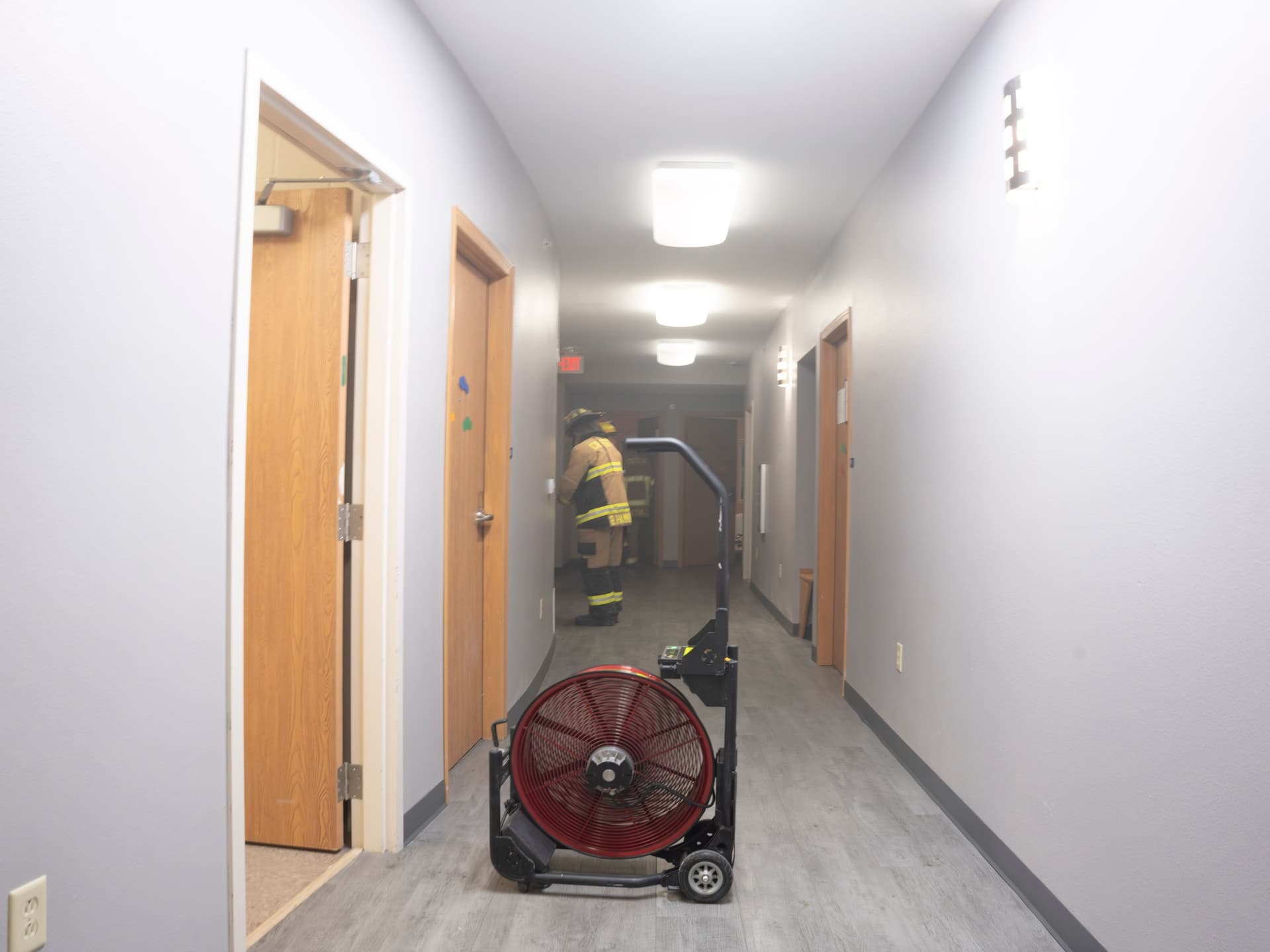Minnesota Hunter Drowns in South Central North Dakota Slough
A 30 year old Minnesota man drowned November 15 while attempting to retrieve a bird in the Eszlinger Waterfowl Production Area, a recovery that involved Stutsman County dive divers and multiple law enforcement agencies. The incident highlights the hazards of thin ice in late season wetlands and the resource demands on regional emergency responders that serve rural communities.

Christopher Hendricks, 30, of Champlin Minnesota, drowned November 15 after becoming trapped in thin ice while retrieving a bird from a slough in the Eszlinger Waterfowl Production Area in McIntosh County. A friend attempted to assist but Hendricks slipped below the surface. The drowning was witnessed and no foul play was suspected, the State Forensic Examiner’s Office said, and no autopsy was performed. Hendricks’ body was located and recovered the next day and transported to the Wishek funeral home.
The Stutsman County Dive and Rescue Team arrived on scene at about 3:15 p.m. on November 15 and employed a sonar equipped remote vehicle in search operations that continued into the night. Recovery resumed the following morning and the body was located about 1:50 p.m. Agencies involved in the response included the Stutsman County Dive and Rescue Team, the McIntosh County Sheriff’s Office, the North Dakota Highway Patrol, and the U.S. Fish and Wildlife Service.
For Stutsman County residents the event is a reminder of the geographic reach and operational demands of rural emergency services. Dive and rescue operations in late fall require specialized equipment and personnel time, as illustrated by an operation that extended across evening hours and into the next day. The use of a sonar equipped remote vehicle underscores how modern technology supplements diver safety and search effectiveness, but these tools also carry acquisition and maintenance costs that fall on counties or regional partnerships.
This incident also underscores seasonal safety risks for hunters and those using area wetlands. Thin ice on sloughs and production areas can form unevenly in November when daytime temperatures fluctuate and open water persists near inlets and outlets. For local hunters and landowners this reinforces long standing safety measures such as avoiding unfamiliar ice, keeping dogs on leads near open water when ice is present, carrying throwable flotation or long poles, and ensuring someone knows planned locations and return times.
At a policy level the recovery highlights the importance of sustained funding and coordination for volunteer and county level rescue teams that provide mutual aid across jurisdictional lines. Rural counties often depend on interagency cooperation with federal land managers such as the U.S. Fish and Wildlife Service and state law enforcement to respond to incidents on public conservation lands. As weather patterns produce more variable freeze and thaw periods in late autumn, public safety officials and hunting organizations may consider renewed outreach and equipment support to reduce the likelihood of similar tragedies.


